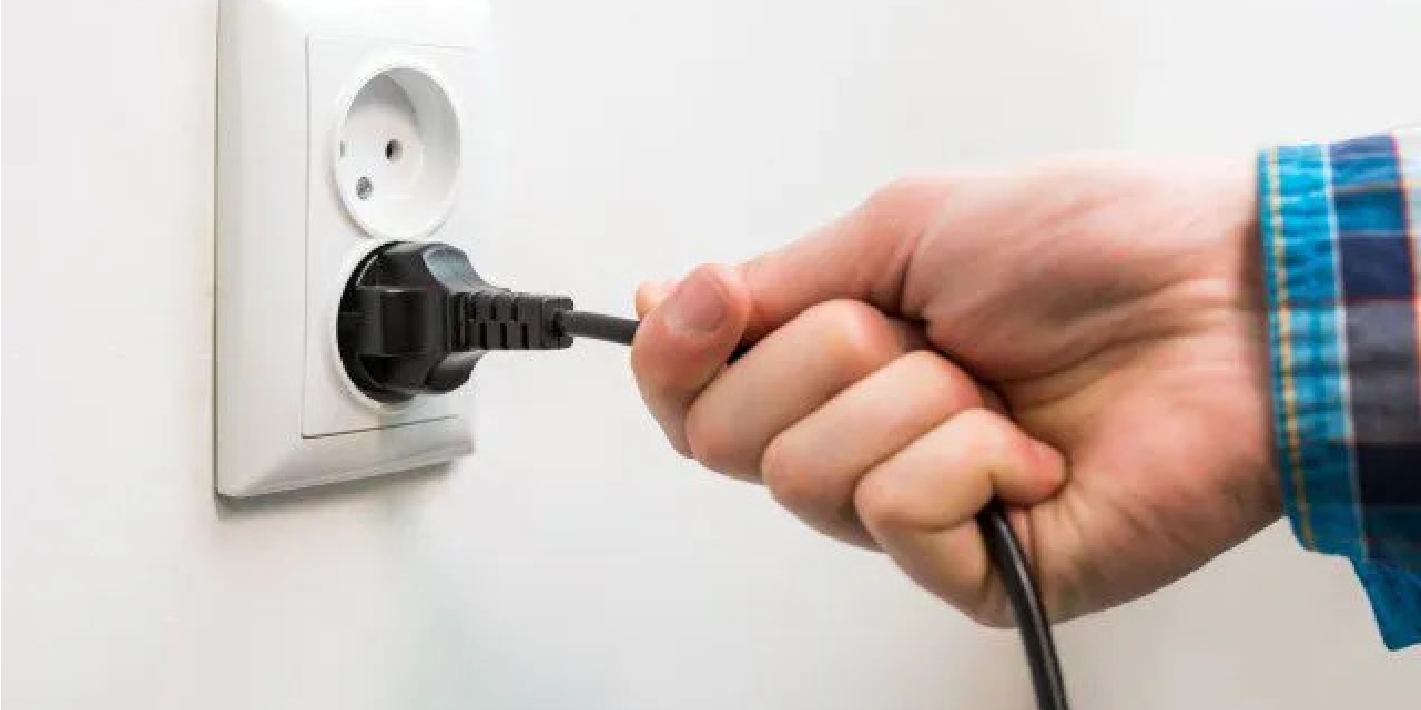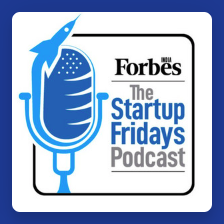As I approach my personal goal of personally investing in 100 startups within 10 years, it was time to reminisce. Each new investment gave me a new experience, sometimes good, sometimes bad and sometimes ugly. Last week I wrote about my first angel investment, United Mobile Apps. This week is its investment #2!
CarveNiche is an innovative EdTech startup. They developed advanced EdTech products such as beGalileo (India’s largest personalized after school math learning program for K-12 education), Wisdom Leap (free online source for K-12 education), and Concept Tutors (personalized 1:1 tutoring focussed on the international market).
CarveNiche created a niche in the EdTech space. It is the first to develop a product using the latest technology, such as Artificial Intelligence (AI), to teach a subject like Maths. The flagship brand, beGalileo, recently became India’s first after school Math learning program to be available as a Windows App.
At present, they have over 750 women entrepreneurs who are running their centers through CarveNiche. The renewal rates exceed 90 percent, which shows the value they provide to the students and parents.
Founder : Avneet Makkar
Total funding raised : INR 5.5 crore
2020 status : Operational with HQ in Bengaluru
Number of rounds : 3
Co-investors : Lead Angels, Mumbai Angels, Calcutta Angels
1. Why did we invest in CarveNiche?
CarveNiche’s initial business model was to deliver a superior classroom experience for the school students by utilizing the latest digital hardware with a customized software platform. The platform provided instructors the ability to track the progress of each student and personalize the student’s teaching plan based on how well the student grasped the subject. The platform also offered a messaging service to connect parents & teachers so that they could track the progress of their students at school & home.
I liked the founders. It was a known fact that Indian schools lacked modern equipment to upgrade the delivery of instruction in the classroom. Looking at the massive size of the market, I decided to invest based on the broad target market, solid team, and their clear understanding of the problem and its solution.
2. What were the risks involved with an investment in CarveNiche?
The risks presented themselves in three ways.
- Long sales cycles: The company had a tiny window to sell its offering to school administrators, their boards, and their trustees. Next, their team must negotiate contracts, find financing to help the school purchase the required equipment. After that, CarveNiche would implement the solution and train the instructors on how to use their platform. If the company could not complete all these steps before the start of the school (academic) year, the sales decision, the invoicing, and the revenues from it would get postponed to the following year. The company must continue to fund its sales team for long periods before they could see the results of their efforts or get feedback to innovate on the product.
- Providing subprime debt: Most Indian schools do not have a profitable business model. They must regularly fundraise to meet their budgetary needs. Therefore, most schools could not afford the hardware for CarveNiche’s solution – unless provided with equipment financing.
With most of these schools running operating deficits funded by government grants, donations, and trustees, these schools had an inferior debt profile.
To survive, the company had to come up with an equipment leasing/purchasing plan, and they approached us for that financing. We gave subprime debt to a few schools to evaluate their ability to repay, but most of the schools defaulted on their obligations to CarveNiche and us. That experience burned a severe hole in CarveNiche’s bank account, forcing them to abandon this product offering and the selling to schools’ business model.
- Founder risk: In a first (for us), one of the cofounders (Saraswathy) quit a year after we had funded the company, which overloaded the sole cofounder, i.e., Avneet. She wrote about her challenging experience in an article in 2016.
3. How long did you plan to invest in CarveNiche?
At the time of the investment, it seemed like CarveNiche would scale quickly and get acquired by a larger player like Educomp. However, our investment coincided with the start of the demise of Educomp, and even though the company raised a couple of follow-on funding rounds, they had to (thankfully) pivot to a B2C business model.
4. Would you invest in a similar startup today?
I learned from CarveNiche’s experience that trying to build a massive business that sells to institutions that possess inherently unprofitable business models is like living in a fool’s paradise. The Modi government invests 4.6% of GDP in education, so I know there is money to be made in EdTech.
However, I find that the B2C plays must spend a lot to acquire a customer, and their LTV / CAC ratios stay <1.
In B2B, I have not found a group of founders that understand the pain that CarveNiche went through and have developed a business model that addresses those issues; therefore, we have cautiously stayed out of this space.
CarveNiche’s new business model providing online tutoring has promised, even if it was a bit niche. However, it has scaled beautifully in the COVID19 era. The company has turned around and raised a new round to aid its growth. Avneet has stayed the course despite several setbacks, so she deserves every bit of the luck that comes her way.
In conclusion, I would not invest in the original CarveNiche business model – but I would invest in Avneet.
5. What are your learnings from the pivots that CarveNiche has made over the years?
CarveNiche was my 2nd angel investment, and it taught me many lessons that continue to guide me today. I’ll share a couple of them:
Follow-the-money: It is essential to understand how long it will take a business to convert billed revenue into money in its bank account. If the path to getting the money is long and fuzzy – avoid that business model. As a founder or an investor.
Avoid investments in long working capital plays: If it takes a long time to close a sale, then a long time for to invoice for sale, and an even longer wait to get the money from that invoice into your bank account – what is getting utilized to keep the lights on today?
If the answer is venture capital, then I would not invest in that business.






